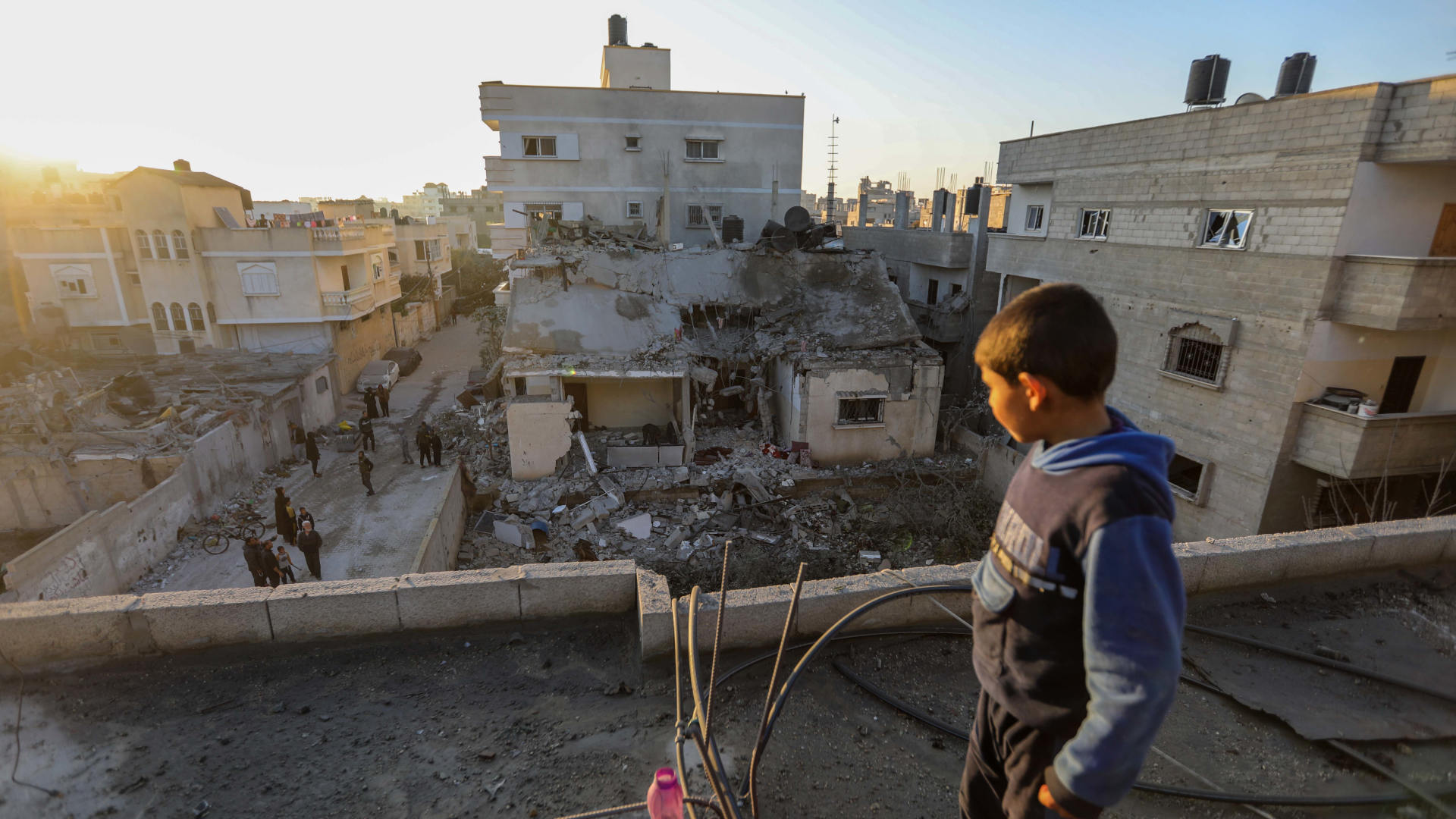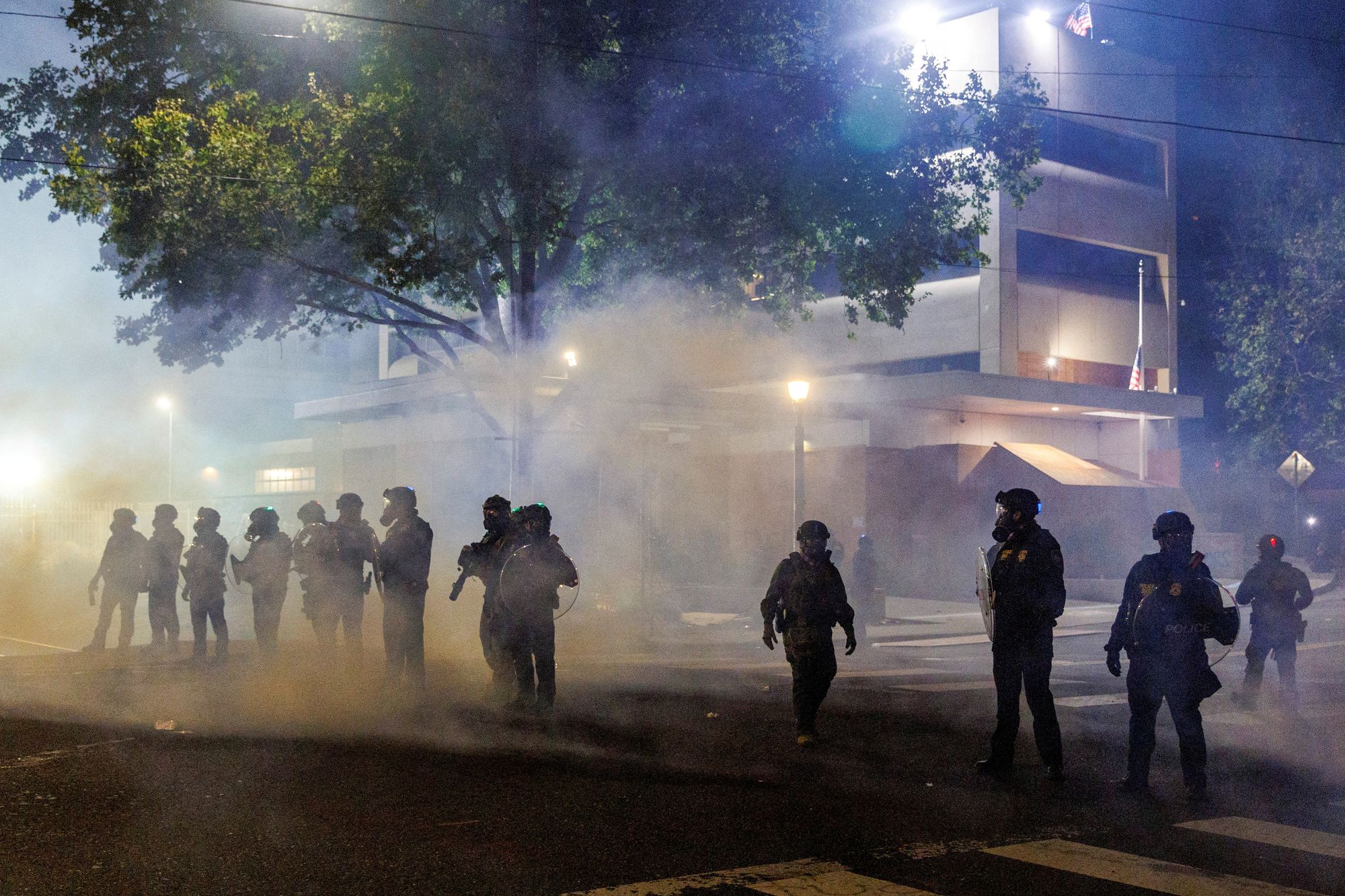Recent satellite pictures have given a clear perspective of the devastation throughout the Gaza Strip, showcasing the serious effects of ongoing conflict on the area’s infrastructure and communities. The photographs display collapsed structures, impaired roadways, and extensive destruction, leaving inhabitants struggling with loss and uncertainty. This information provides an essential viewpoint on the humanitarian crisis and the scale of destruction impacting numerous families.
The extent of damage seen from the sky
Satellite images have long been a crucial tool for assessing the impact of conflict in regions where access on the ground is limited. In Gaza, these images reveal entire neighborhoods reduced to rubble, with homes, schools, and medical facilities severely damaged or destroyed. The high-resolution images provide clear evidence of the physical destruction that has occurred, showing the full scope of the crisis in ways that are difficult to capture through conventional reporting alone.
The damage is not limited to residential areas. Roads, bridges, and other infrastructure have been affected, hindering the delivery of aid and complicating efforts to provide essential services to those in need. Utilities, including electricity and water systems, have also been impacted, further exacerbating the humanitarian challenges faced by local communities. These visual records underscore the immense difficulty of rebuilding and restoring normalcy for Gaza’s population.
Impact on humanity due to extensive destruction
The destruction captured by satellite imagery is not just a visual indicator; it reflects a deep humanitarian crisis. Thousands of families have been displaced, forced to seek shelter in temporary accommodations or with relatives. Access to food, clean water, and medical care is limited, and the psychological impact of the destruction on residents, particularly children, is profound.
Images from satellites as a method for responsibility and rebuilding
Beyond documenting the immediate damage, satellite images play an important role in long-term planning, accountability, and reconstruction. By providing objective visual records, these images can help identify areas most in need of urgent intervention, guide reconstruction efforts, and monitor the progress of rebuilding initiatives over time. They can also serve as evidence in discussions of accountability, allowing organizations and governments to assess the scale of destruction and plan for reparations or international aid allocation.
Reconstructing Gaza demands significant resources, meticulous planning, and global cooperation. Satellite information can guide choices on where to prioritize rebuilding, which infrastructure needs immediate attention, and how to organize initiatives to reinstate essential services. The images additionally emphasize the determination of local populations, many of whom persist in living under challenging circumstances while exploring methods to recuperate and reconstruct their lives.
The broader context of conflict and its implications
The destruction shown in the satellite pictures serves as a stark reminder of the continuous conflict’s toll on human lives and the wider political issues in the area. Gaza has consistently endured periods of violence that have caused significant disruptions to daily life, decimated infrastructure, and left populations in precarious conditions. Every conflict results in enduring effects, impacting not just tangible assets but also the societal framework, economic conditions, and the overall peace of the region.
International monitors and relief agencies persist in emphasizing the necessity of tackling both urgent needs and sustainable solutions. Avoiding further intensification, delivering vital assistance, and aiding in rebuilding are essential to alleviating the persistent human distress. Satellite images are instrumental in these endeavors, providing accurate and current data to inform relief activities and policy choices.
Restoration and reconstruction work
The images taken from satellites of Gaza highlight the pressing requirement for joint humanitarian and rebuilding initiatives. Although the extent of the destruction is overwhelming, these visuals also prompt governments, NGOs, and global organizations to focus on aid, rebuilding, and sustainable growth in the area.
As the process of reconstruction starts, satellite information will persist in offering important insights about which regions need urgent focus and how to distribute resources efficiently. In addition to the physical restoration, it will be crucial to attend to the social, economic, and psychological needs of impacted communities for sustainable recovery. The photographs provide not only a glimpse of the current destruction but also a guide for the efforts necessary to reestablish normality and bolster the strength of the residents in Gaza.
Satellite imagery has revealed the extensive damage across the Gaza Strip, capturing the severity of the humanitarian crisis and the challenges ahead. While the destruction is profound, these images also provide critical information for planning reconstruction, delivering aid, and addressing the urgent needs of affected populations. The coming months will require sustained international attention, coordinated recovery efforts, and a focus on rebuilding both infrastructure and the lives of those impacted by the conflict.




